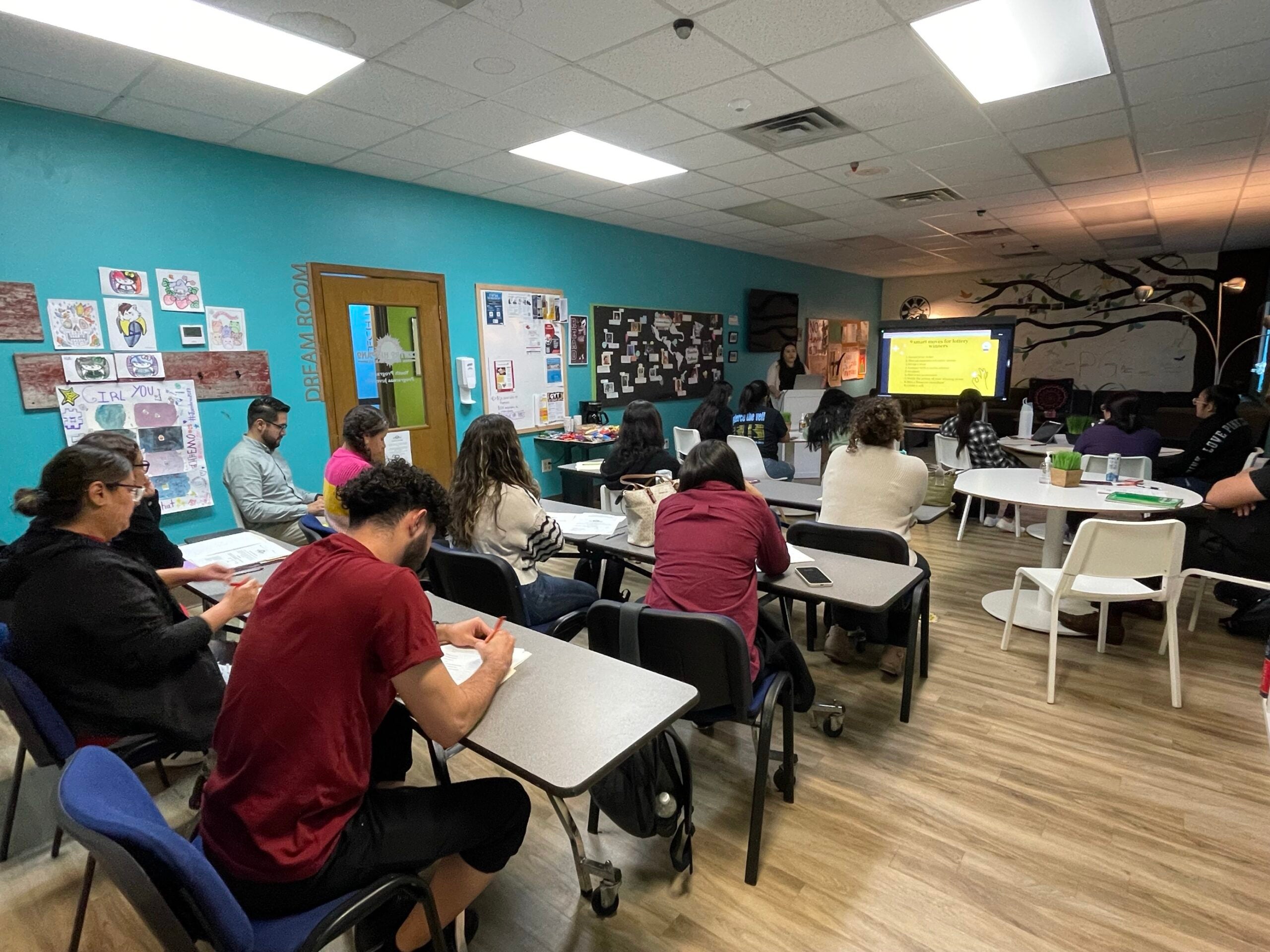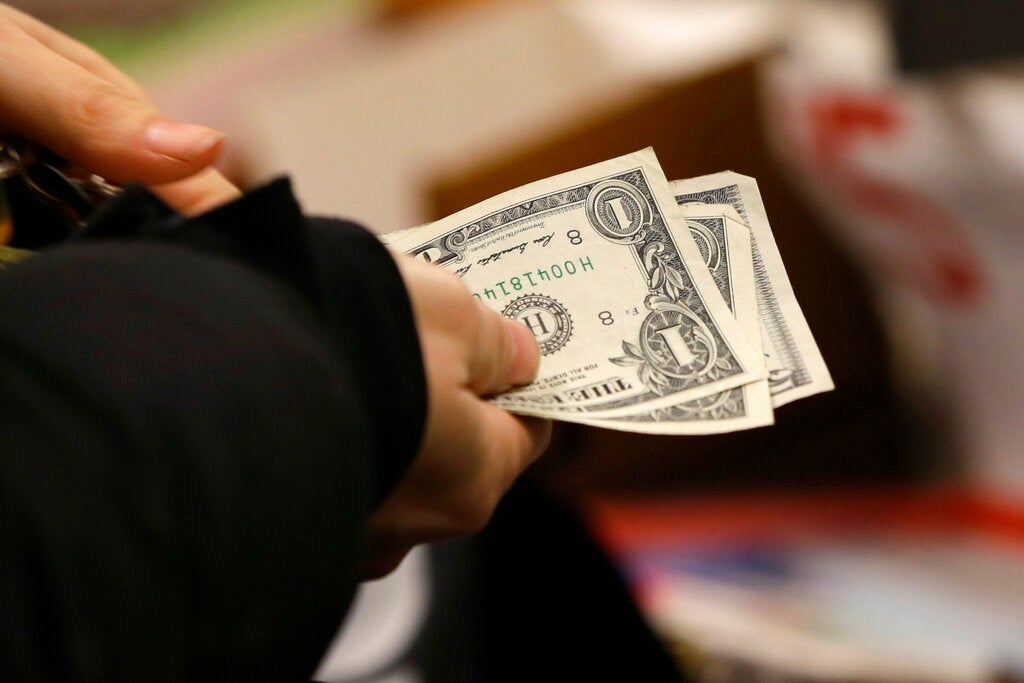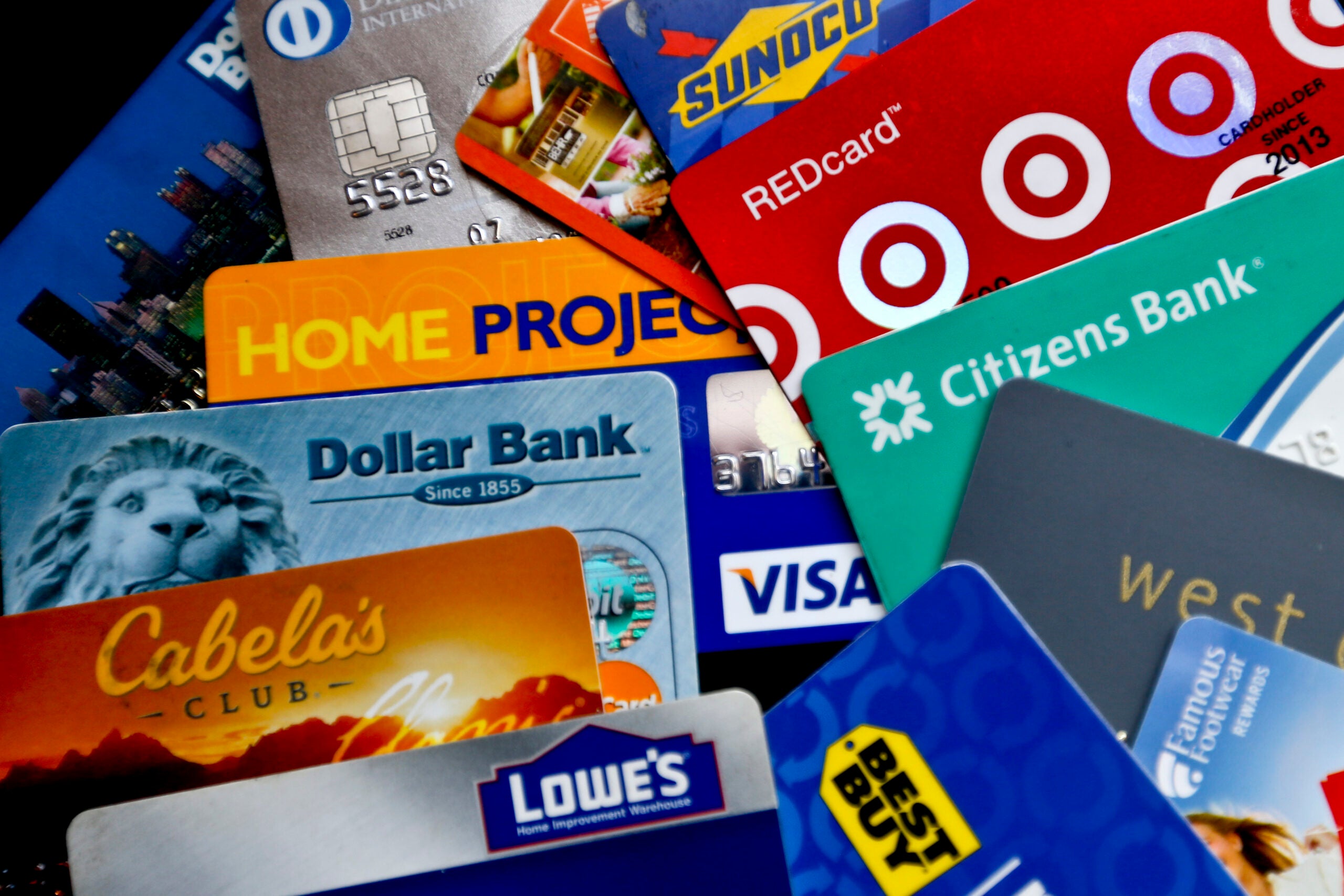The COVID-19 pandemic has taken its toll on people’s pocketbooks, forcing more of a focus on here and now rather than on the future.
Personal finance expert Erin Lowry empathizes that while many people might just want to push the pause button on building up their savings and investments, she cautions against such ideas.
Instead, Lowry said our No. 1 goal should be on shoring up our emergency savings accounts.
Stay informed on the latest news
Sign up for WPR’s email newsletter.
Author of “Broke Millennial: Stop Scraping by and Get Your Financial Life Together,” Lowry offers some tips for people whose circumstances have been upended by the pandemic.
What if my employer match is now gone?
Lowry said you can keep on making regular contributions to the plan, noting that it’s the simplest and most comfortable.
But you also can look at opening up an IRA or a Roth IRA, especially if fees or the expense ratio of the employer plan only made it worth it when it was paired with an employee match.
Roth IRAs and traditional IRAs are both retirement accounts but differ in the types of tax advantages they provide. With a traditional IRA, the advantage is that you get the tax break right away. The money you put away now is not taxed.
Contributions to a Roth IRA are taxed, which means that you’ve already paid taxes on the money that you’re putting into your account. In retirement, when you pull money from your Roth IRA, you don’t have to pay taxes on it.
“The calculation you’re running is are you in a lower tax bracket today,” Lowry said. If that’s the case, go with a Roth IRA account. “In the future, (you’ll) be in a higher tax bracket but (you) get to take that money out, tax free.”
Truly, Lowry said, the ultimate goal is that you’re investing something into retirement accounts.
How much should I have in my emergency fund? And where should that emergency fund be?
Even if you have some job stability now, Lowry said it’s important to make sure that you still have a safety net. If you don’t have an emergency fund or if it’s taken a hit during the pandemic, now is the time to save.
The emergency fund should be three to six months of living expenses. Now, those are bare-bones living expenses, which include food, utilities, rent or mortgage, transportation and health care costs.
If you determine that it costs, for example, $3,000 a month for your basic needs, make that amount your first goal and then build off of that. Thinking about saving $9,000, or three months worth of basic needs, can be much more overwhelming.
Lowry said that often people will start with a goal of $1,000, and while that’s a good stepping stone, she said it might not get you very far in the case of a true emergency.
Also, you shouldn’t be investing your emergency fund. It should be in a high yield savings account, which now is around 1 percent.
“I do encourage you to actually shop around, look at the different options between your credit unions and your banks to see where you can get higher interest on your savings,” she said.
What should I do if I can’t pay off my credit cards?
Look at the minimums that you have due every month. If you can pay the bare minimum, it’ll help keep you in good standing and it will protect your credit, too.
If you can’t pay at all, talk to your lenders before you miss a bill. See if there’s a payment plan you can work out, or if a grace period can be extended. That’ll help give you more control of the situation.
“The first thing that I always say is this is a situation where you want to ask for permission, not forgiveness,” she said.
Take a look at your credit cards. Are you paying an annual fee or does it have steep interest rates? If so, consider whether you need that card.
As for the amount that you do owe, you can consider a balance transfer, which means taking out a new credit card to move your debt onto. You can expect to pay a fee, about 3 percent, but that usually more than pays for itself because you can move over to a 0 percent interest rate. And that means that everything you pay is going toward the principal amount.
If you don’t want to worry about another credit card, you could take out a personal loan to pay off the balances on your credit card and then focus on paying off that personal loan.
“That’s also an option to consolidate several credit cards, if you want to streamline onto just one payment,” she said.
Wisconsin Public Radio, © Copyright 2024, Board of Regents of the University of Wisconsin System and Wisconsin Educational Communications Board.




